Getting money from your Health Equity HSA is super straightforward once you know how it works.
Your HSA is basically a tax-advantaged piggy bank for medical expenses. But unlike that ceramic pig you had as a kid, this one comes with a debit card and some serious rules about when you can crack it open.
Let’s break down how to pull money from your Health Equity HSA without messing up the sweet tax benefits or getting hit with penalties.

How to Get Money From Your Health Equity HSA (Without Screwing Up the Tax Benefits)
There are a few different ways to access your HSA funds, and knowing which method to use depends on your situation and how quickly you need the money.
1. Swipe That Card
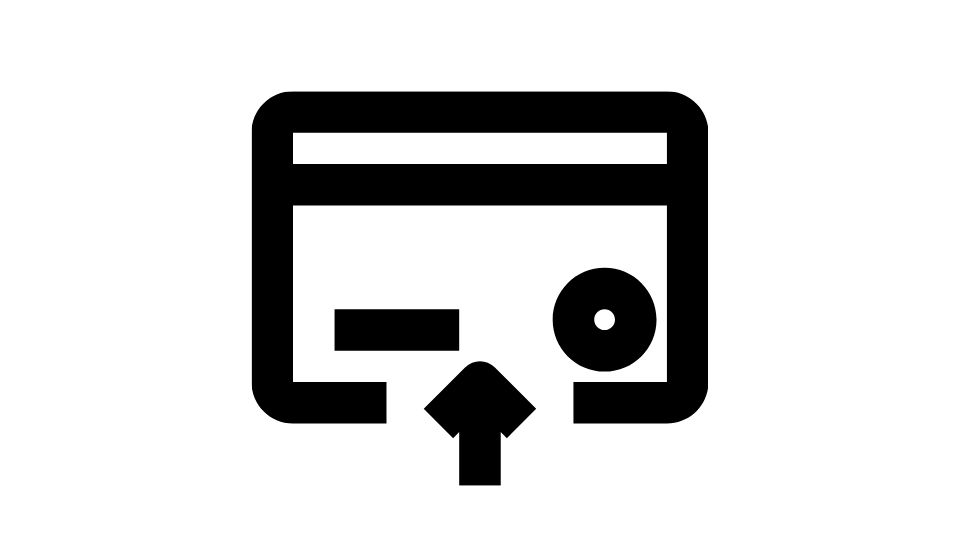
The easiest way to use your HSA funds is to just swipe your Health Equity HSA card at the doctor’s office, pharmacy, or hospital.
It works just like a regular Visa debit card, except it’s linked directly to your HSA account. No paperwork, no waiting for reimbursements – just instant payment.
But here’s the catch – you can only use it for qualified medical expenses as defined by the IRS. These include:
- Doctor visits
- Prescription medications
- Medical procedures
- Dental care
- Vision care including glasses and contacts
- Medical equipment
If you try to use your HSA card for non-qualified expenses (like that cosmetic nose job you’ve been eyeing), you’ll get hit with taxes AND a 20% penalty if you’re under 65. Ouch.
2. Reimburse Yourself Online
Already paid out-of-pocket for a medical expense? No problem. You can withdraw the money and pay yourself back:
- Log into your Health Equity account
- Find the “Reimburse Myself” section
- Enter the expense details (date, amount, type)
- Upload receipts (keep these forever – seriously)
- Choose how you want to get paid (direct deposit or check)
- Submit and wait for your money
This typically takes 1-3 business days for direct deposit. Remember that you can reimburse yourself years after the expense happened as long as the HSA was established when you incurred the cost.
3. Request a Paper Check
If you’re old school (or just really like getting mail), you can request a paper check from Health Equity. This method takes longer than the others, but some people prefer having a physical check.
This can be good for paying a provider who doesn’t accept cards or reimbursing yourself if you don’t have direct deposit set up.
4. ATM Withdrawals
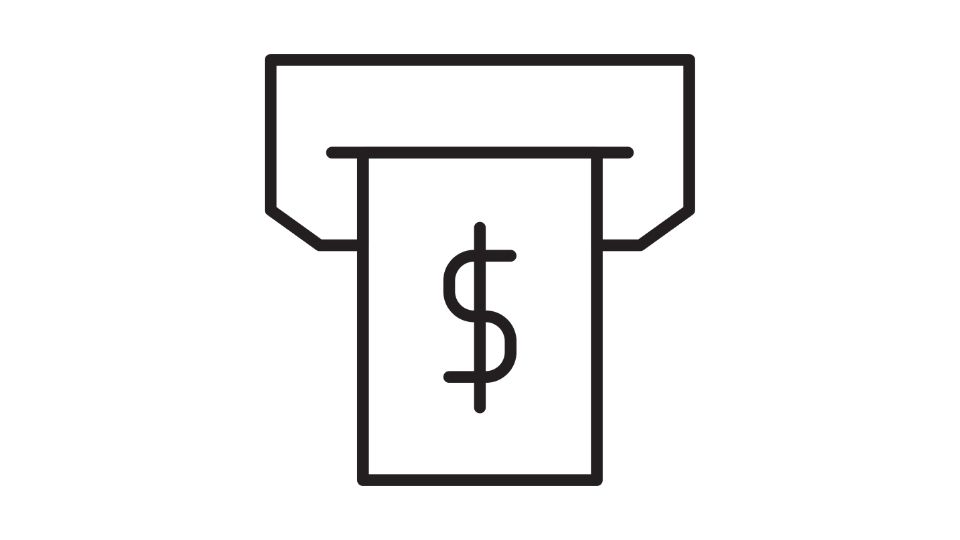
Yes, you can actually use your HSA card at ATMs! Just make sure to:
- Select “checking” (not savings) when prompted
- Be aware that you might pay ATM fees
- Only withdraw for qualified medical expenses
The IRS doesn’t watch you at the ATM, but if you get audited, you’ll need to prove every withdrawal was for a qualified medical expense. So maybe skip this option unless absolutely necessary.
Tax Implications: The Good, Bad, and Ugly
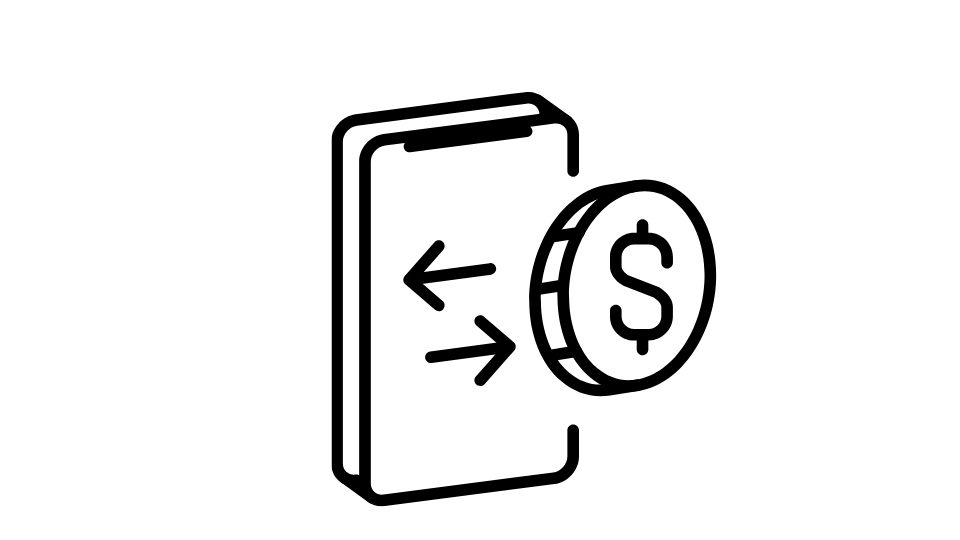
Here’s where the HSA really shines (or can bite you):
The Good: Withdrawals for qualified medical expenses are completely tax-free. That’s right – you never pay taxes on this money if you use it correctly.
The Bad: Use HSA funds for non-qualified expenses before age 65, and you’ll pay income tax PLUS a 20% penalty. That’s worse than most retirement accounts!
The Less Ugly: After age 65, you can use HSA money for anything without the 20% penalty, but you’ll still pay regular income tax on non-medical withdrawals.
This is why financial experts love HSAs – they’re like a 401(k) with a medical bonus feature.
What Exactly Counts as “Qualified”?
The IRS has a surprisingly long list of what counts as qualified medical expenses. Here’s a shortcut:
- If it’s diagnosing, treating, or preventing a medical condition – probably qualified
- If it’s making you prettier or generally healthier without a specific medical need – probably not qualified
For example:
✅ Prescription medications
✅ Doctor visits
✅ Dental work (even braces!)
✅ Eye exams and glasses
✅ Chiropractor visits
❌ Gym memberships (usually)
❌ Cosmetic surgery
❌ Over-the-counter meds without a prescription (with some exceptions)
When in doubt, check IRS Publication 502 or ask a tax professional.
Keep Those Receipts!
I cannot stress this enough: save every single receipt for your HSA withdrawals. The IRS can audit HSA expenses years after the fact, and without receipts, you could be forced to pay taxes plus penalties.
Health Equity provides tools to track your transactions online, but don’t rely solely on them. Create your own backup system – whether it’s a digital folder or a physical file.
The Smart Way to Use Your HSA
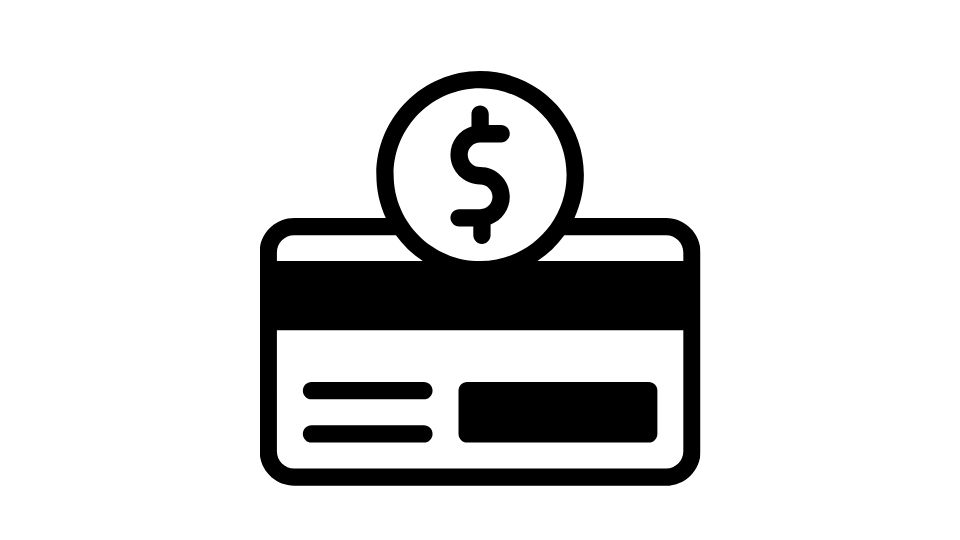
Many financial experts recommend this strategy:
- Contribute as much as possible to your HSA
- Pay for smaller medical expenses out-of-pocket if you can afford to
- Keep receipts for those expenses
- Let your HSA grow through investments
- Reimburse yourself years later when you need the money
This approach lets your HSA grow tax-free like a retirement account while still giving you the flexibility to withdraw funds when needed. It’s like having a medical emergency fund with tax superpowers.
According to a study by Employee Benefit Research Institute, HSA investments can grow significantly over time when used this way.
If you’re looking to maximize your HSA’s potential, consider consulting with a financial advisor who specializes in healthcare planning to develop a strategy tailored to your situation.
So there you have it – everything you need to know about getting money from your Health Equity HSA. Use it wisely, keep your receipts, and enjoy those sweet, sweet tax benefits.



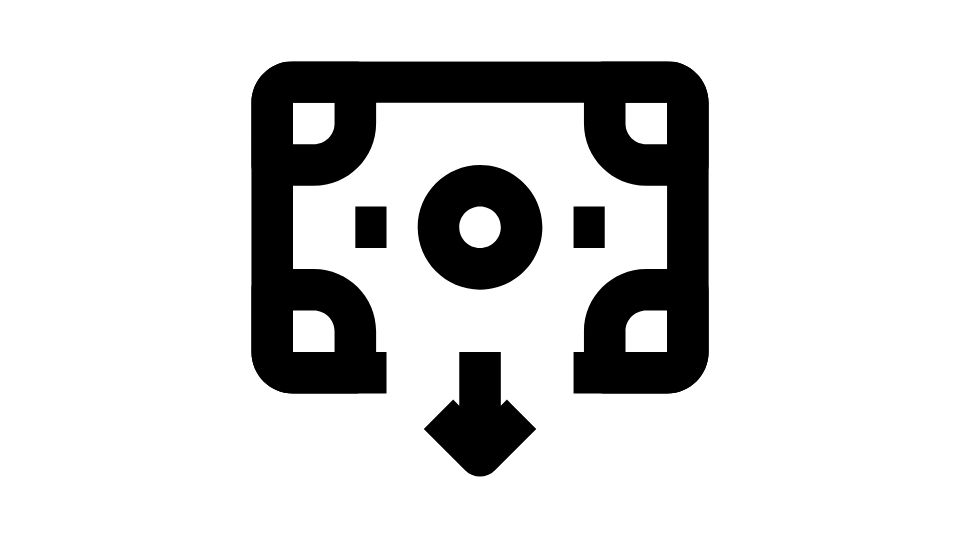
Leave a Reply